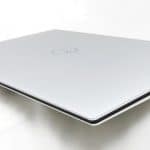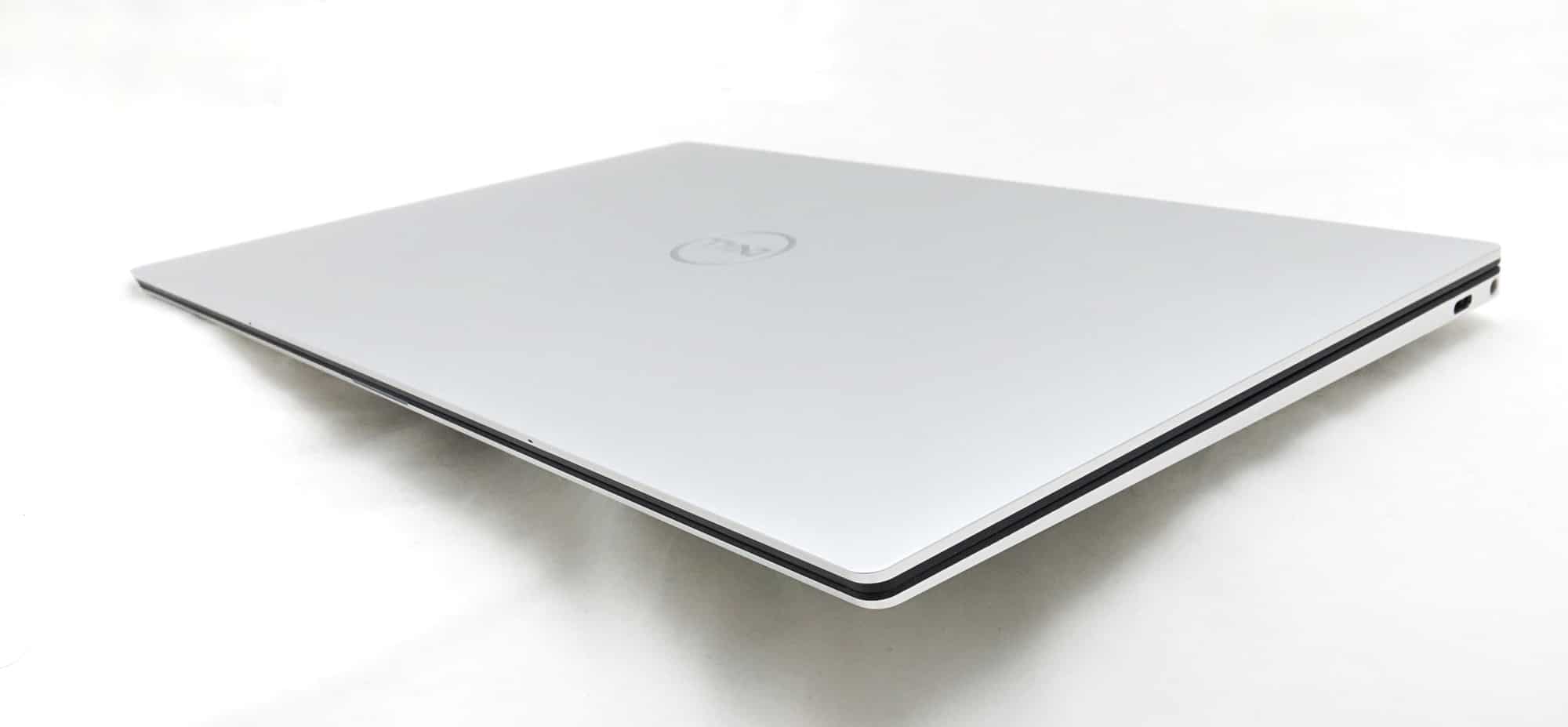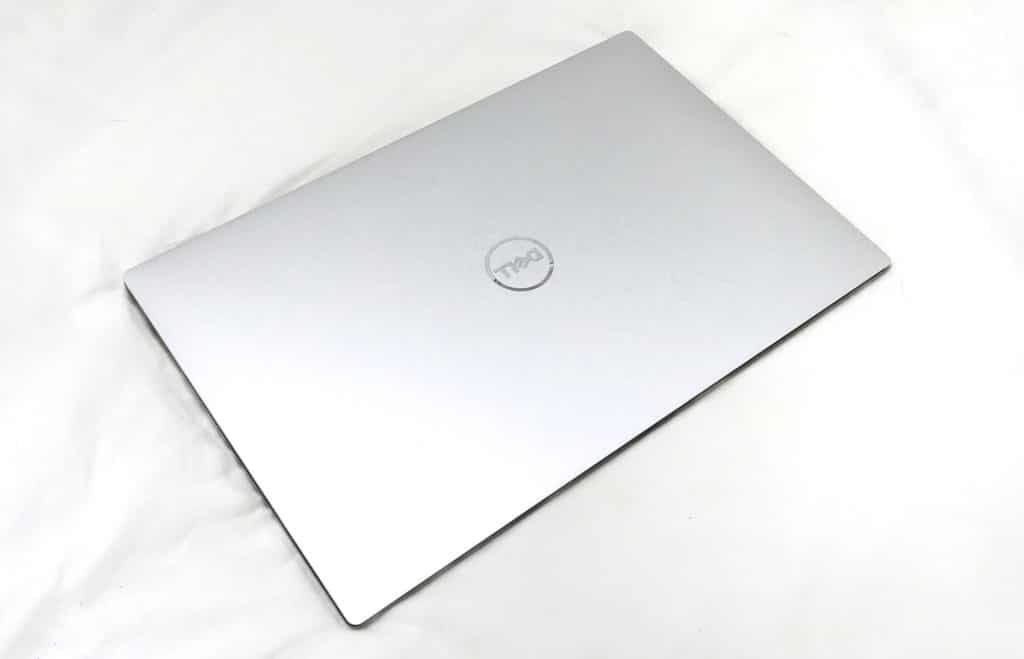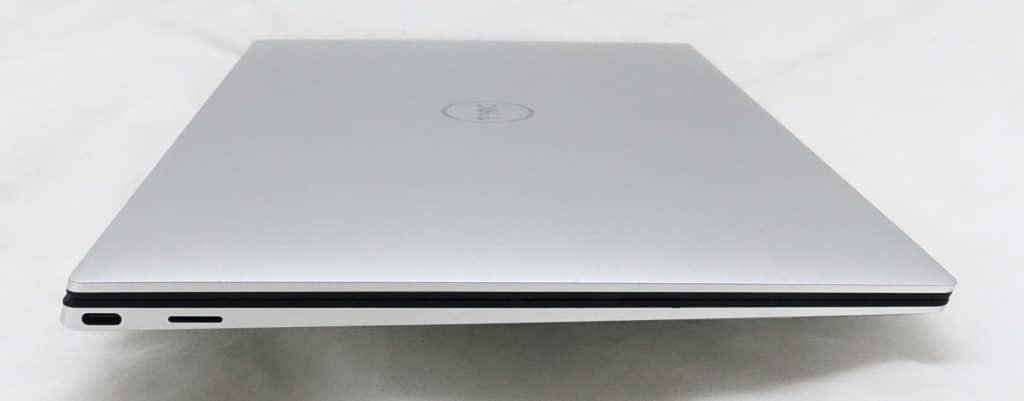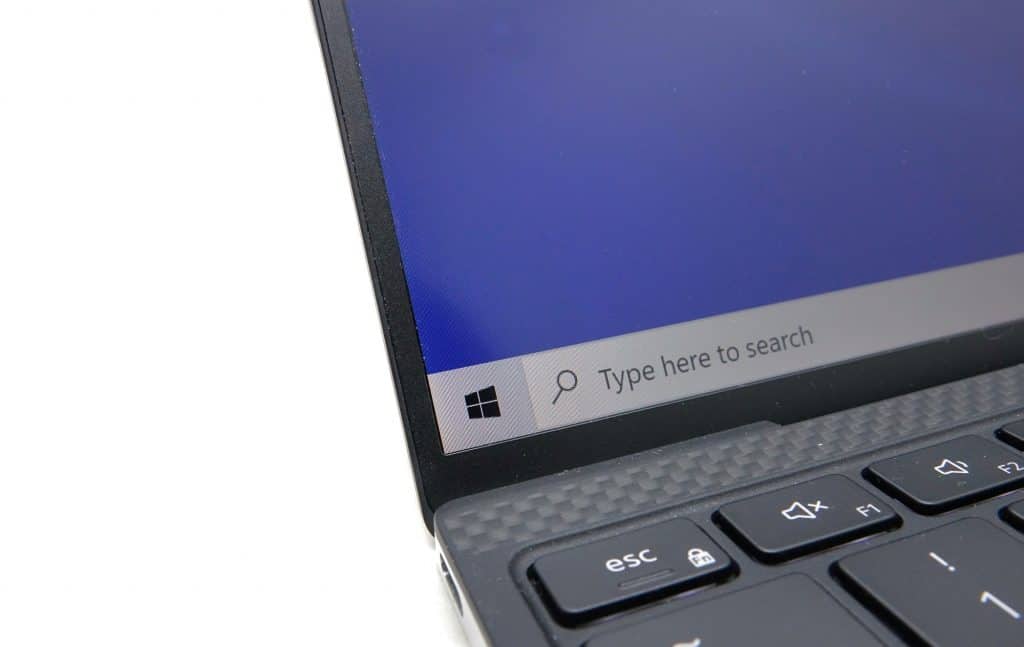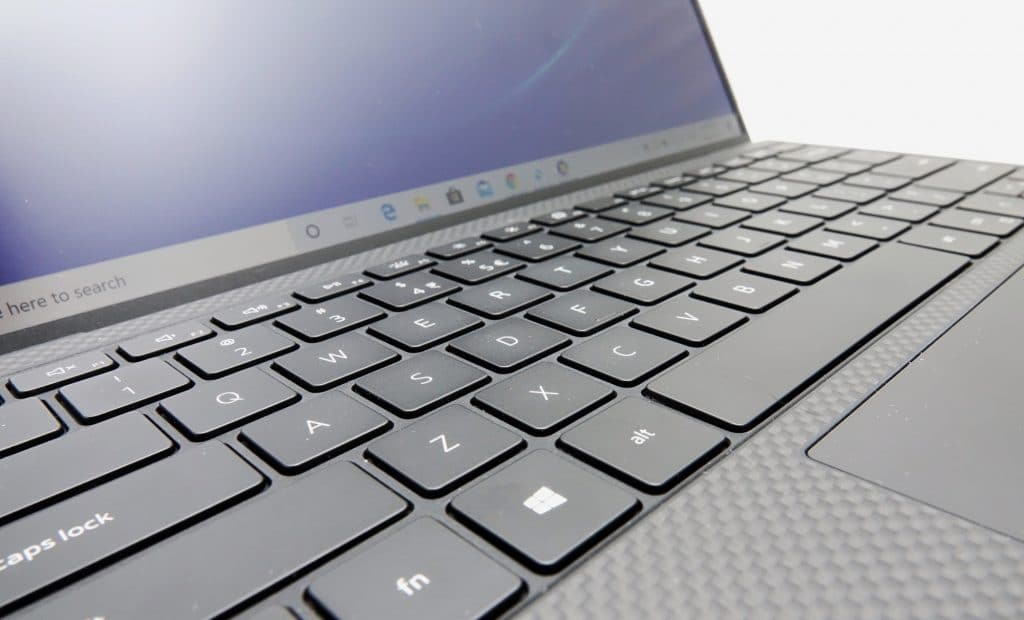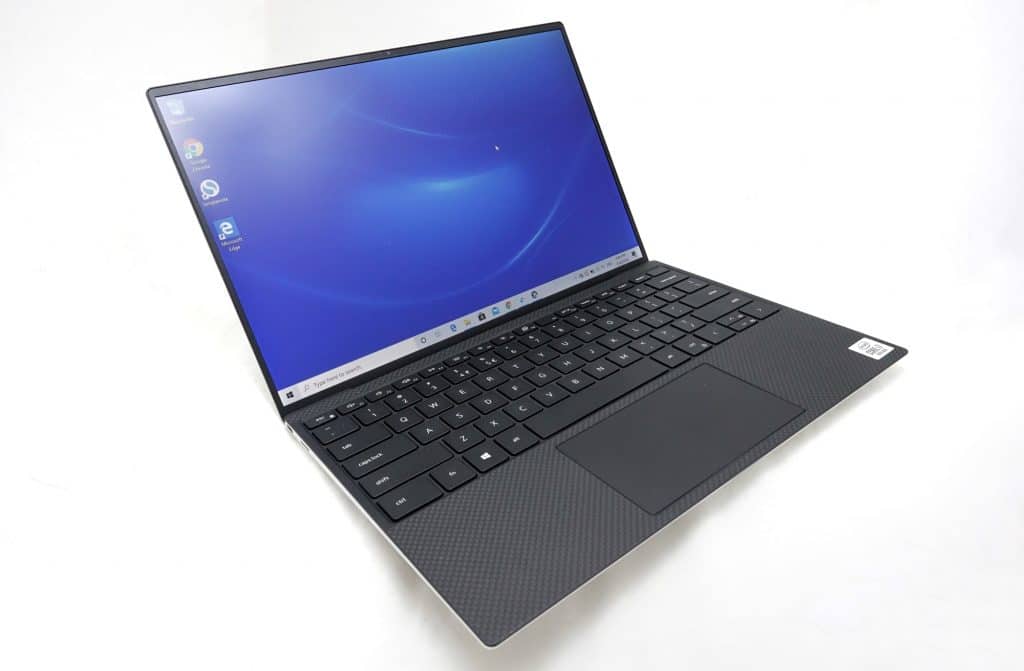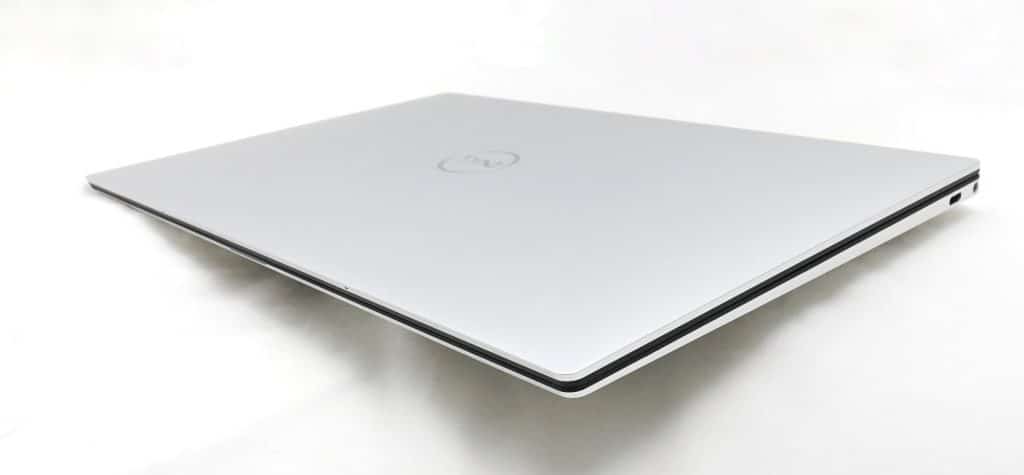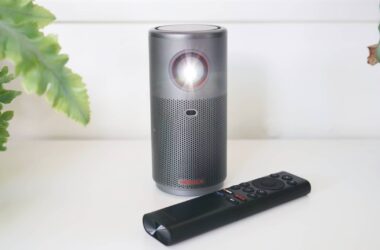Quick review
The good
The not-so-good
Before I’d even switched it on, I marveled at the beauty of Dell’s latest XPS. It was small. It was svelte. And my, that screen just appeared to float from some of the slimmest bezels I’ve ever seen. Is this the best portable PC?
When it comes to looking for a super slim and light laptop, Apple tends to get much of the credit, but it’s not the only thing out there. Sure, the MacBook Air is lovely and a solid piece of kit, but what if you prefer Windows with a premium touch and finish?
If you fancy a machine that marries the best of both worlds, Dell’s XPS 13 has long offered that approach, and in its 2020 model, it’s one that could just bring you over, too.
Design
Premium laptops tend to exude the high quality materials and sleek look, and with the Dell XPS 13, it’s an aesthetic Dell is all too familiar with.
We’re not sure how many generations we’re in for the premium XPS computers, but it’s been a long refinement in the well over a decade Dell has been making computers in this lineup, that’s for sure.
In the 2020 XPS 13, that refinement continues the path we’ve seen for the past few years, with an aluminium exterior and carbon fibre interior. It’s a slick look that comes with an edge reminiscent of the MacBook Air, except with a two-tone colour scheme: black and silver. It works. It really does.
Features
Inside the slick looking XPS 13 2020, you’ll find a fairly solid list of specs, all beneath a 13.4 inch display.
Those specs offer either an Intel 10th gen Core i5 (1035G1) or a Core i7 (1065G7) processor, either 8 or 16GB RAM, and either 512GB solid-state storage or a 1TB drive. Unsurprisingly, the more you spend, the better your spec is going to be.
Regardless of what you spend, you won’t find a discrete graphics chip, though the Core i7 variant of the XPS 13 2020 gets Intel Iris Plus graphics, which is a little better than the Intel UHD graphics on the Core i5 model.
Connection wise, it’s about par for the course with the Dell XPS 13 2020, sporting two USB Type C Thunderbolt 3 combo ports that work as both technologies, as well as being used for charging and powering the laptop, plus a 3.5mm headset jack and a microSD card reader, the latter of which is a unique inclusion few laptops see. Dell even includes a Type A to Type C converter in the box, handy if you don’t have one yet and aren’t keen on forking out $30-50 for the privilege.
On the wireless connection side of things, Dell has kept the laptop pretty high-end, with 802.11a/b/g/n/ac/ax WiFi 6, sporting the “Killer WiFi” AX1650 for up to 2.4Gbps of wireless network performance with a compatible 802.11ax router, and Bluetooth 5.1 for connecting wireless devices like headphones and speakers.
This sits under the 13.4 inch screen, which is either a Full HD 1920×1200 or a 4K Ultra HD 3840×2400, both of which follow a 16:10 aspect ratio. Regardless of the variant, you’ll find a 720p webcam under that screen, which can be used for Windows Hello security, or even the fingerprint sensor built into the power button.
All of this is found inside a laptop weighing either 1.2 kilograms for the non-touchscreen model or 1.27kg for the touchscreen variant, with the thickness clocking in at 14.8mm.
For the purposes of this review, the Dell XPS 13 2020 is a 13.4 inch non-touch anti-glare Full HD 1920×1200 model with an Intel Core i7, 16GB RAM, and 512GB SSD.
Display
Switch the Dell XPS 13 2020 on and you’ll be greeted by the display, which is clearly the first thing you’ll see. That’s fairly standard for laptops, for sure, as the screen takes up the larger proportion of the machine, but with the XPS 13 2020, it’s more than that.
You’ll see the screen a little more than on other laptops because it takes up more of the lid than on other laptops, with a very slim set of bezels making up the frame of the 13 inch screen, and no gloss.
For a nice change, the Dell XPS 13 is an anti-glare screen bordering on matte with no touch support (at least on our review model), though it also wasn’t needed. You can get one, but the 13.4 inch InfinityEdge display delivers a 1920×1200 resolution, and it takes up just about all of the lid. It’s bright, clear, and easy on the eyes, and also quite easy to get lost in no matter where you are.
In-use
Sitting perpendicular to this great screen when opened is the keyboard, which itself sits in the carbon fibre interior the XPS range is known for. Unlike competitors that use metals and alloys, the Dell XPS 13’s use of carbon fibre is both soft and warm, providing a nice and comfortable spot to rest those weary wrists, and a keyboard with some nice traction, too.
The keys are large and spacious, and the keyboard itself pushes up near the edge of the frame of the computer, offering much the same thin bezels as the rest of the screen. All of this results in a comfortable typing experience, though we feel Apple’s butterfly mechanism on the new MacBook Air nails comfort just a little better, if only marginally so.
Dell’s trackpad is lovely, though: a soft glass rectangle that never gets in the way, and delivers a wonderful sense of tactile feedback, as if the entire thing was one giant button and not just a minor click.
Performance
With an Intel Core i7 inside and a memory setup sporting 16GB RAM, we found the 2020 Dell XPS 13 handled itself rather nicely, showing only a modicum of lag. It tended to pop up only sparingly, and for the most part, we found very little to complain about here, even as we worked across multiple apps, and of course the many tabs our bad habits afford us on fast and capable computers.
Granted, the Dell XPS 13 2020 is not a workstation, and doesn’t sport the graphical grunt to let you do more than the passing casual game of sorts. However, if you’re after a machine for productivity that packs it all into a beautifully slim and light size, this is clearly an excellent option.
Battery
Alongside that otherwise solid performance, there’s a pretty capable battery life, at least in the Full HD XPS 13 we reviewed.
While battery life will of course be dependent on how you use this pint-sized laptop, we found it was possible to achieve anywhere between five and ten hours of life, though your mileage may vary.
Throughout the few weeks we had with the XPS 13 2020, we found it would typically report six hours and achieve a little more though we were driving a rather bright screen much of the time. Reduce power to that and you’ll find a little more from the battery is possible, particularly if you cut down on the number of things going on.
Sufficed to say, you should be able to squeeze a good work day from the Dell XPS 13 2020, which isn’t too shabby.
Likewise, we’re very into the power adaptor, which is one of the smallest we’ve seen from a computer brand, even it comes with a power cable that could be shorter and as succinct as the rest of the power block.
Value
One thing you can expect is a high price tag on the XPS 13 2020. That should come as practically zero surprise, mind you: this is a premium portable PC, particularly noted in the design and materials.
There’s aluminium, carbon fibre, a Core i7 Intel 10th gen chip, and Corning’s Gorilla Glass 6 protecting the 13.4 inch screen. These features practically read like a who’s who of what you want in a flagship PC, and it arrives in a design that somehow does it even smaller than other 13 inch computers. It’s a staggering effort to be sure.
But it’s an effort that also commands a high price tag, starting at just a hair shy for $3K for the Core i7 variant, though you can find the Core i5 model with 8GB RAM for almost $500 less at $2598.99.
This isn’t an inexpensive Windows laptop for sure, but then again, the aluminium body and carbon fibre keyboard with wristpad should give that away, too.
Given this sits in the premium end of Windows laptops, we don’t think the value is wrong per se, though can’t discount the price altogether. The Dell XPS 13 isn’t cheap, and while you pay for quality, you definitely pay for it.
What needs work?
Despite the high price, the XPS 13 isn’t perfect, even if our affection has been pretty clear thus far.
If it hasn’t, let us get this off our digital chest: this computer is lovely, and is about the best 13 inch Windows portable we’ve used in a long time. While the Apple MacBook Air typically holds the benchmark for the best portable 13 inch machine, the Dell XPS 13 gives it a good run for its money, delivering excellent performance and beautiful design, not to mention an even smaller profile. It’s about the best portable for PC users thus far.
But we wish Dell had just gone all in with a 4K screen for all, because while the Full HD anti-glare screen is lovely, approaching that price with a screen that doesn’t offer much more than 16:9’s Full HD seems like a bit of a stretch.
Our other issue with Dell’s XPS 13 in 2020 is what’s been removed from the older model. For instance, there’s no battery checking metre on the side, which was cute and handy, and there’s also only less port, dropping from three USB ports back to two. Yes, you still get a microSD slot, which is nice to see, but we’d prefer three ports rather than two, especially given how few 13 inch computers typically see. More ports is always better if we can get them.
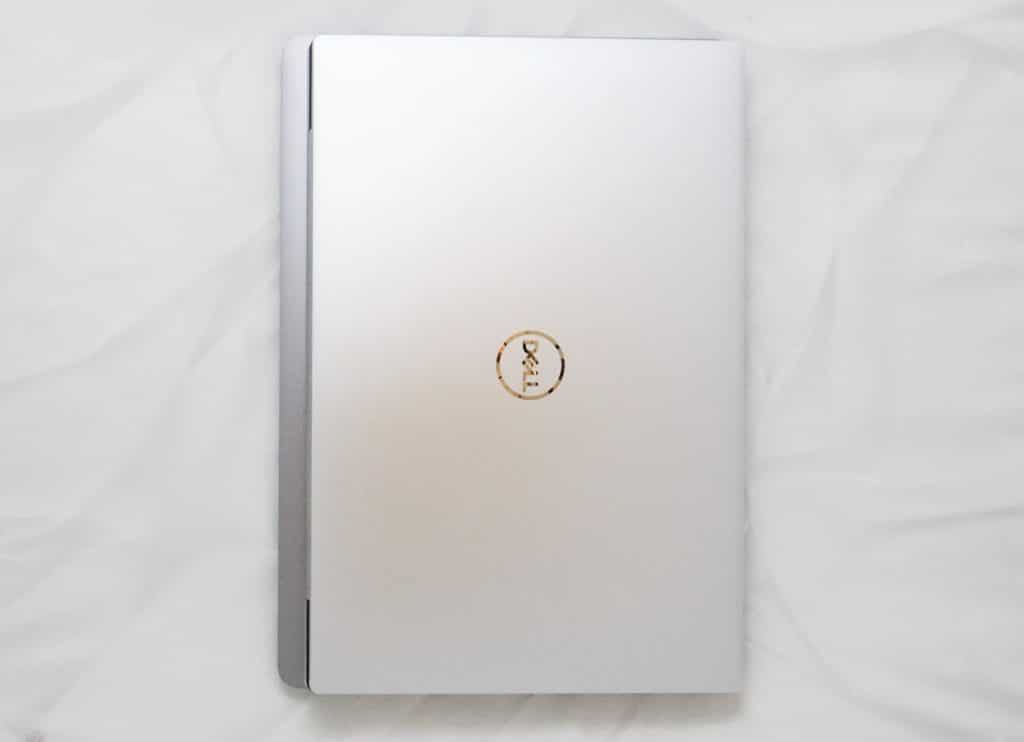
Final thoughts (TLDR)
Despite the removal of one port and the Full HD screen, we found ourselves drawn to the beauty of the Dell XPS 13 2020, and how it was constructed and made.
There’s just so much going for this laptop, from the lovely keyboard and mouse to the beautifully anti-reflective screen, to the sheer notion that Dell has build a 13 inch laptop and packed it into a space that is somehow automagically smaller than the 13 inch laptop of other brands.
It’s an effort that just works, and delivers much of what PC buyers are looking for in a small and light machine, with a premium look and feel, to boot. Essentially, it’s the laptop PC buyers who don’t want a MacBook Air will yearn for, and is one of the best PC laptops you can find. Highly recommended.
